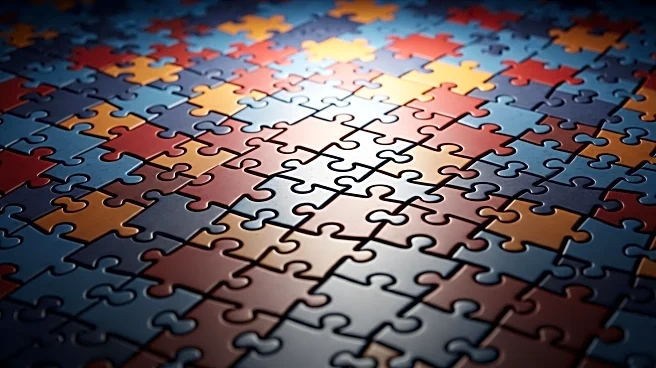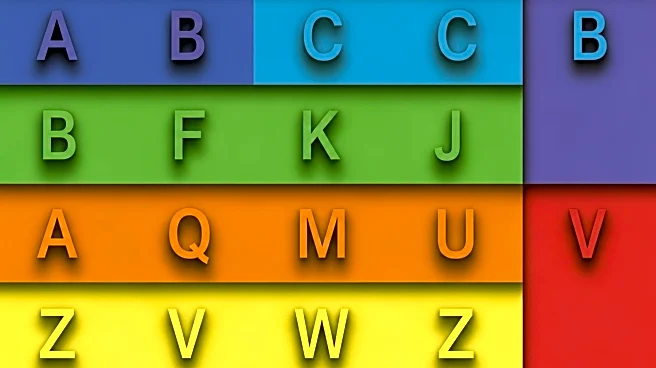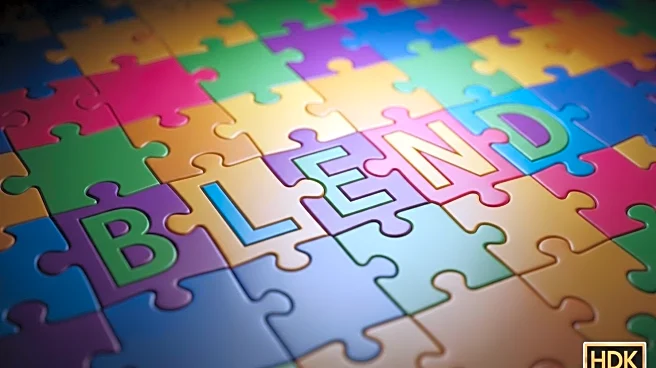What's Happening?
The New York Times has released hints and answers for its popular Connections puzzle for September 7, 2025. The puzzle, which is part of the Times' suite of games including the Mini Crossword and Wordle, challenges players to group words based on thematic connections. For this edition, the puzzle features themes such as gymnastics moves, Disney princesses, fonts, and geometry adjectives. The Times has also introduced a Connections Bot, similar to the Wordle Bot, which provides players with a numeric score and analysis of their answers. This feature is available to registered users of the Times Games section, allowing them to track their progress, win rate, and streaks.
Why It's Important?
The New York Times' puzzle offerings, including Connections, have become a significant part of its digital engagement strategy, attracting a dedicated audience of puzzle enthusiasts. These games not only provide entertainment but also help in maintaining subscriber interest and engagement with the Times' digital platform. The introduction of the Connections Bot enhances user interaction by offering personalized feedback and tracking, which can increase user retention and satisfaction. This move reflects a broader trend in digital media where interactive content is used to build community and loyalty among users.
What's Next?
As the New York Times continues to expand its digital offerings, it is likely to introduce more interactive features and games to engage its audience. The success of the Connections Bot could lead to similar innovations across other games, enhancing the user experience. Additionally, the Times may explore partnerships or collaborations to further integrate these games into educational or cognitive training programs, leveraging their popularity for broader applications.
Beyond the Headlines
The growing popularity of digital puzzles like Connections highlights a cultural shift towards gamification in media consumption. This trend underscores the importance of interactive content in capturing and retaining audience attention in an increasingly digital world. It also raises questions about the role of traditional media in adapting to new consumption patterns and the potential for such platforms to influence cognitive skills and learning.











